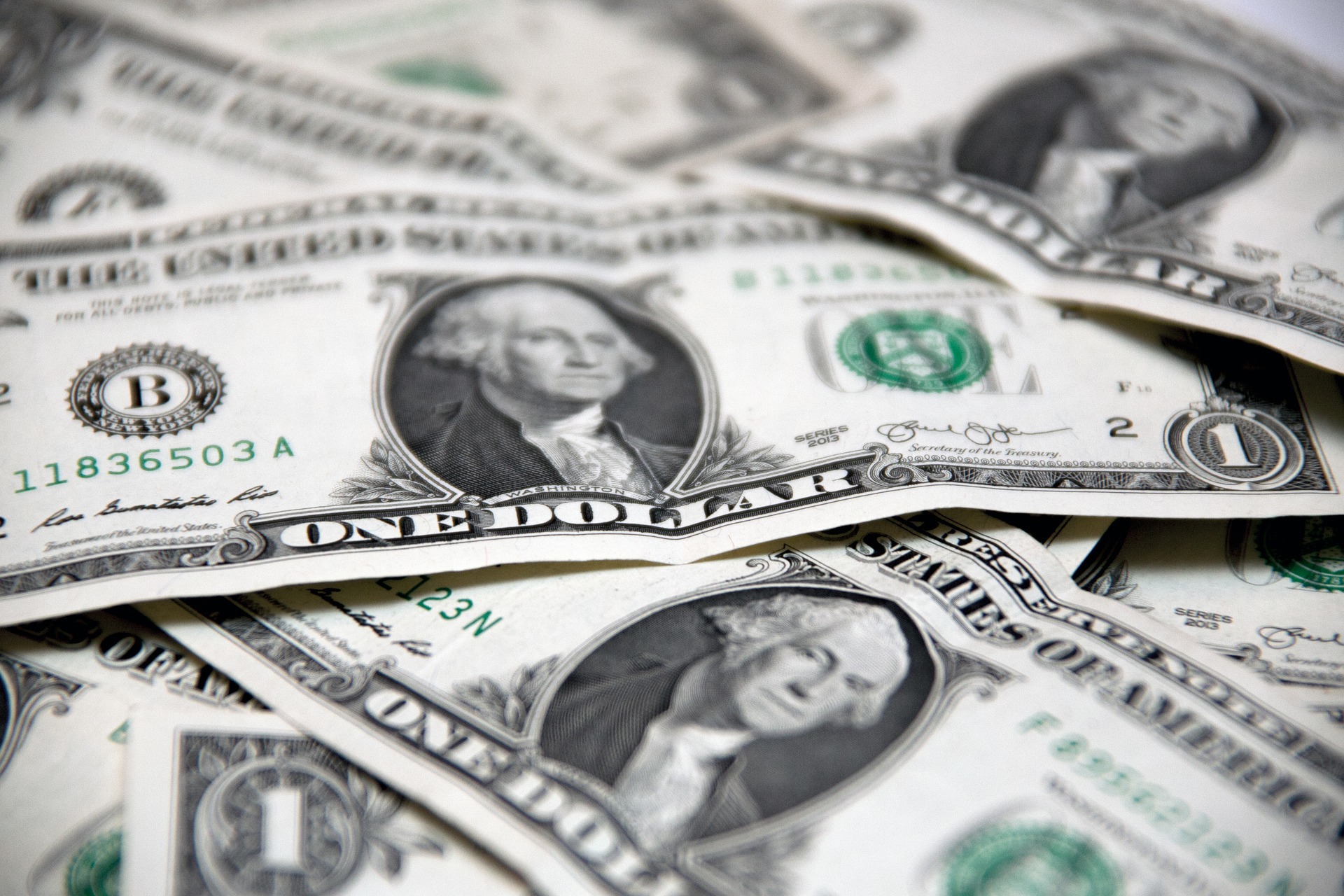The US Dollar to CAD protects the 200 DMA level at 1.2622 as demand for crude decreases, and the US Dollar hits the 100 mark in the foreign currency exchange.

US Dollar to CAD at 200 DMA Level at 1.2622
The USD/CAD is at the 200-DMA level. The Canadian Dollar’s ambitious surge upwards is hesitant at the 1.2600 level, waiting for a move above or below the 200-DMA level. The US Dollar is trading at 100 as geopolitical tension remains unresolved. Crude demand has come down as the demand from China dropped due to Covid lockdown restrictions.
The USD/CAD in the foreign exchange slid to 1.2402 on March 5 and rebounded to 1.2662 on Tuesday, March 12, 2022. But it lost some of its sheen intraday, as the US Dollar to CAD gave up some of its profits during trading hours to 1.2603.
The US Dollar is trading above the 100 mark on March 12. The greenback gained strength with decreasing crude prices and amid predictions that the Fed may tighten monetary policy.
Bank of Canada to Decide on Policy Rates
The monetary policy by the Bank of Canada is due on March 13, and experts predict a 50 basis point increase. Inflation in Canada remains above 6%, and the government intends to bring it lower to just above 2%.
The unemployment rate in Canada gives a better report at 5.3% in March 2022, from the previous rate of 5.5%. The job market is at its lowest level at just 5.3%.
Employment opportunities are getting better with the omicron virus cases going down. Opportunities are increasing in the construction, culture and recreation, and health care sectors. Immigrants enjoy better job careers according to their qualifications.
Canada removed its proof-of vaccination requirements as the economy re-opens and the job market shows improvement. Job requirements in the private sector have shot up, and demand for full-time jobs is helping the job market in Canada.
Manufacturing PMI shows improvement from 56.6 to 58.9. The trade balance has deteriorated from 3.18 billion to 2.7 billion. The Ivey PMI has gotten better from 60.6 to 74.2.
Businesses are opening up after the public health restrictions. Work from home opportunities is decreasing as covid cases decline. The economy shows robust improvement, strengthening the Canadian Dollar in the foreign currency exchange.
Demand for Canadian Crude Oil Increases
Crude prices declined to $95 per barrel. Demand for crude oil is declining with Covid cases rising rapidly in China. Lockdown restrictions have lowered the demand for crude oil. Further, crude production in the US has increased.
Canada is a large exporter of crude petroleum, aircraft, helicopters, and cars.
The Russian attack on Ukraine brought a crisis in natural gas supply. Russia is the chief exporter of natural gas and meets almost 40% of the needs of the European region. Russia faces heavy sanctions from western countries. In reply, Russia asks for payment in Rubles to support the USD/RUB currency pair in the forex market. The economic sanctions are keeping the value of the Ruble lower.
Russia insists on payment in Russian Ruble for its oil exports to the EU. European countries are looking for alternative supplies to meet their energy requirements. Canada is rich in natural gas and seeks to fill this gap. Germany is the chief importer of Russian gas. European leaders plan to reduce their import of oil and natural gas from Russia and seek help from Canada for crude oil supply.
Canada is willing to help European friends in this time of crisis, says Natural Resources Minister Jonathan Wilkinson. Canada is the fourth-largest producer of oil in the world. Russia, Saudi Arabia, and the United States occupy the first three positions in oil production.
Natural gas exports can be increased by 5% this year, says the Minister. We will also give priority to climate change. It will quicken the transition to a green future, says Wilkinson.
Canada exports almost 4 million barrels of crude oil to the United States. But, it is not able to increase its natural gas exports due to infrastructure constraints.
Crude prices hit almost $130 per barrel in March, causing a surge in the inflation rate.
Inflation Rates Higher
The inflation rate is high in nations across the globe, and Canada is no exception. Prices are increasing in Canada, and household spending has become very expensive. In January, the Consumer Price Index was 5% higher year-on-year. The auto sector, gas and fuel, food, housing, and building supplies are under pressure from high inflation.
The supply chain crisis is weakening the production and manufacturing sectors. Just when countries are recovering after the pandemic, the supply chain is under pressure with the Ukraine crisis, hurting the US Dollar to CAD prices in the forex market. Semiconductors are in short supply, affecting the auto manufacturing sector. High crude prices and supply chain disruptions are the causes of high inflation.
Scotiabank predicts that inflation may stabilize by 2023, with inflation at 2.5%.